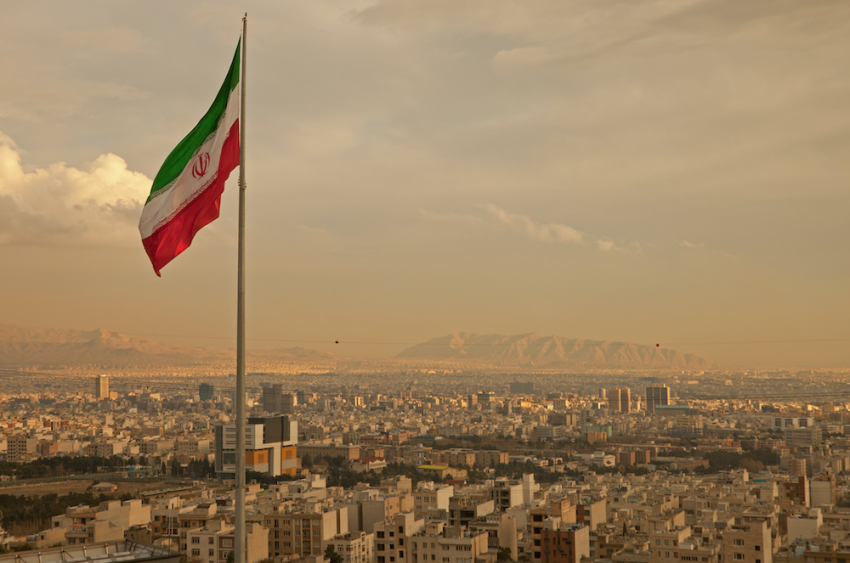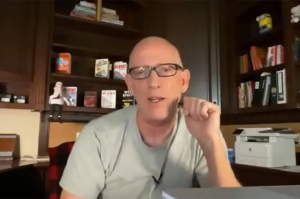Annex building of Mordecai and Esther burial site hit by 'minor fire' in Iran: report

Officials in Iran have confirmed that a small fire broke out May 15 at the site of an ancient shrine long revered as the burial place of Esther and Mordecai.
According to the Times of Israel, an investigation revealed that someone was caught in CCTV footage attempting to enter the holy site through an adjacent bank and “perform a series of actions” but failed. The publication cited opposition news sites that quoted the state-run news organization in the nation, the Islamic Republic News Agency.
The IRNA report detailing the incident was scrubbed from its website mere hours after it was published Saturday, Radio Farda and Iran International websites said.
The hall housing the tomb itself was not damaged, Iranian officials reportedly stressed. International Christian Concern reported last week that the director-general of Hamadan’s Cultural Heritage, Handicrafts and Tourism Department announced that the fire only touched the annex building and not the main site.
The incident took place on May 15, the 72nd anniversary of the founding of the modern nation-state of Israel. Israel's adversaries, which include the Iranian regime, refer to May 15 as Nakba Day, which means "day of catastrophe."
The arsonist's face was captured on camera but the person's identity and motives have not been made public as such things cannot be provided absent an arrest.
The Simon Wiesenthal Center rights organization condemned the attack in a statement, calling the event “barbaric” and likening it to Nazi desecrations of Jewish sacred sites.
“Historically, Muslims safeguarded Jewish holy sites from Persia to Morocco, including the Tomb of Esther and Mordecai. But all that has changed under the Ayatollahs and the terrorist movements they have spawned. In recent years there have been annual anti-Semitic protests at the Holy Site where Jews have come to pray peacefully for hundreds of years,” the center said.
The story of Esther in the Bible recounts how a young Jew named Hadassah, who replaced Queen Vashti in the palace of King Xerxes of Persia, was renamed Esther, and through acts of bravery exposed a plot to wipe out the Jews from one of the king's men, Haman. In the biblical account, Esther's relative-turned-adoptive-father Mordecai was instrumental in Esther's risky yet successful ploy to appeal to the king to intervene.
"The burial site of Esther and Mordecai is a sensitive issue in contemporary Iran, as the Islamist regime has often stressed that it draws a distinction between Jews and Zionists and has vowed to safeguard the local Jewish communities, its synagogues and other holy sites," The Times of Israel reported.
The burial site of Esther and Mordecai is located in the Iranian city of Hamadan and has been a recent site of considerable contention amid other geopolitical developments in the region pertaining to Israel.
The U.S. Commission on International Religious Freedom raised concerns earlier this year over unconfirmed reports that authorities in the Islamic Republic of Iran were threatening the destruction of the tomb of Esther and Mordecai in response to President Donald Trump’s Middle-East peace plan.



























